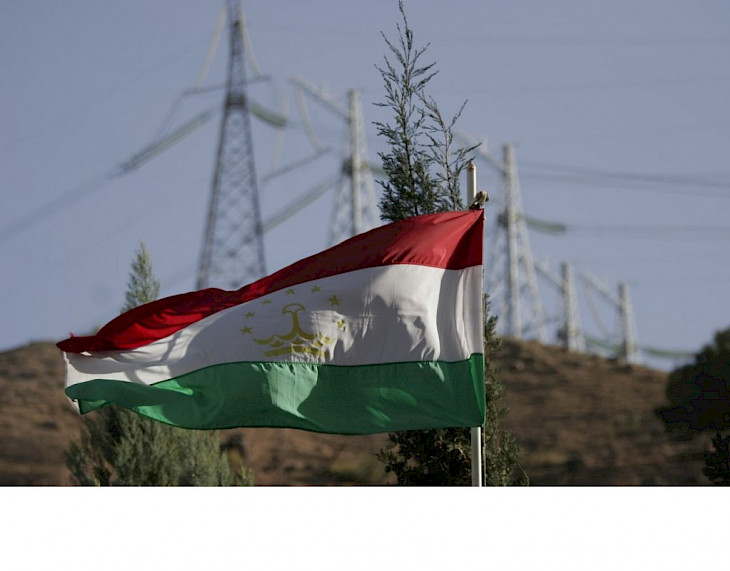Tajikistan has become one of the few developing countries to achieve full access to electricity for its population. This was reported by the Asia-Plus portal, citing the SDG7-2025 report prepared by the UN, the World Bank, and several other international organizations.
According to the report, by 2022, electricity was available to 100% of the country’s residents. However, despite reaching this formal target, experts point to ongoing challenges in the energy sector.
In particular, around 60% of rural households continue to rely on firewood, coal, and dung for heating and cooking. This dependence on traditional fuels poses risks to both public health and the environment.
The country still relies heavily on hydropower, which accounts for over 90% of total electricity generation. This makes the energy system vulnerable to seasonal fluctuations and climate change. International experts urge Tajikistan to step up the development of alternative energy sources, especially solar and wind power, particularly in the southern and mountainous regions.
In 2021, Tajikistan received about $100 million in international assistance for the development of its energy sector. However, most of the funds were directed toward building hydropower plants, while renewable energy projects remain underfunded.
The report also highlights the urgent need for large-scale modernization of residential buildings and industrial facilities. Initial steps in this direction are already being taken with the support of the EBRD, including pilot programs for insulating public buildings and improving energy efficiency.
CentralasianLIGHT.org
July 8, 2025

